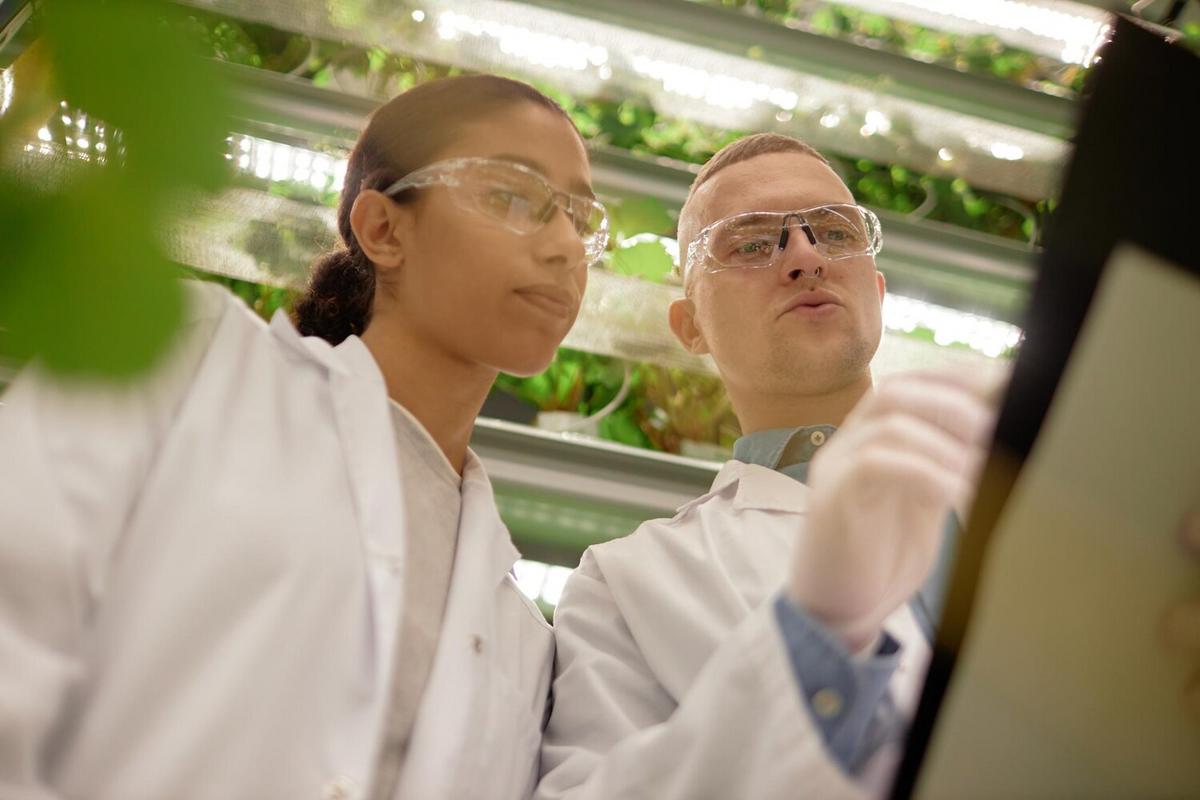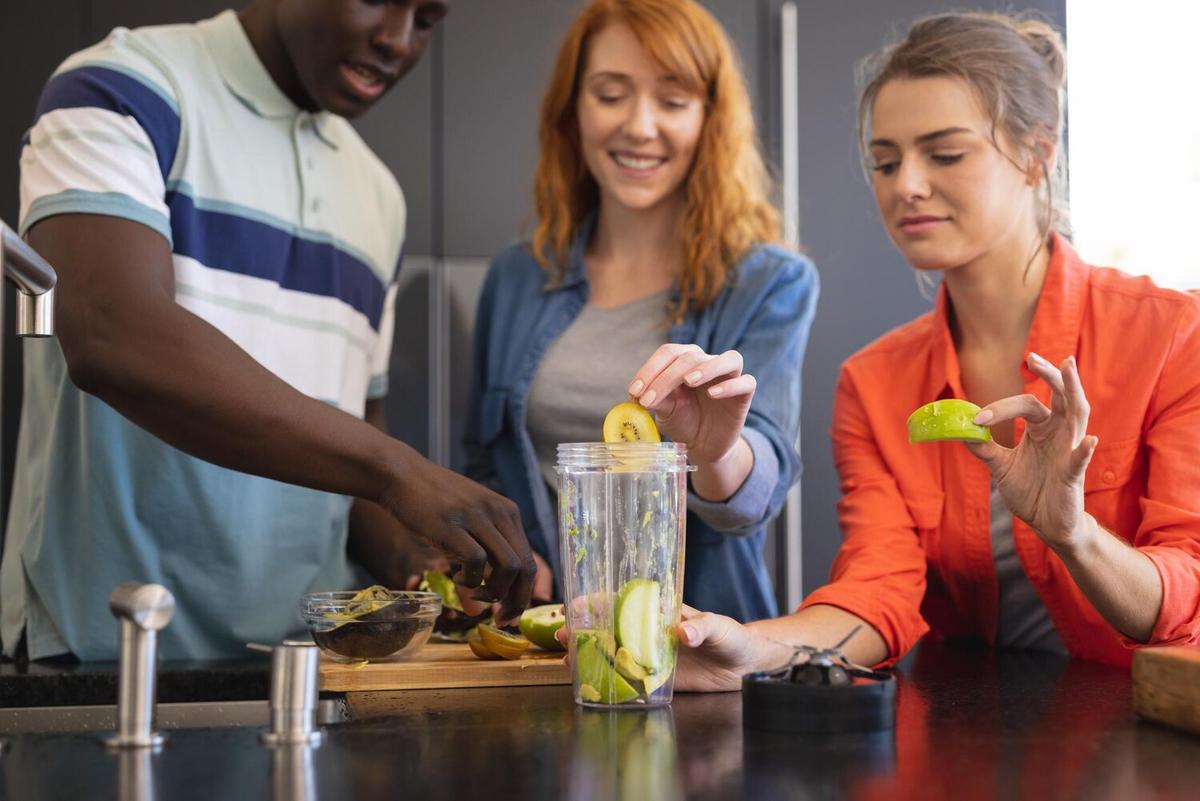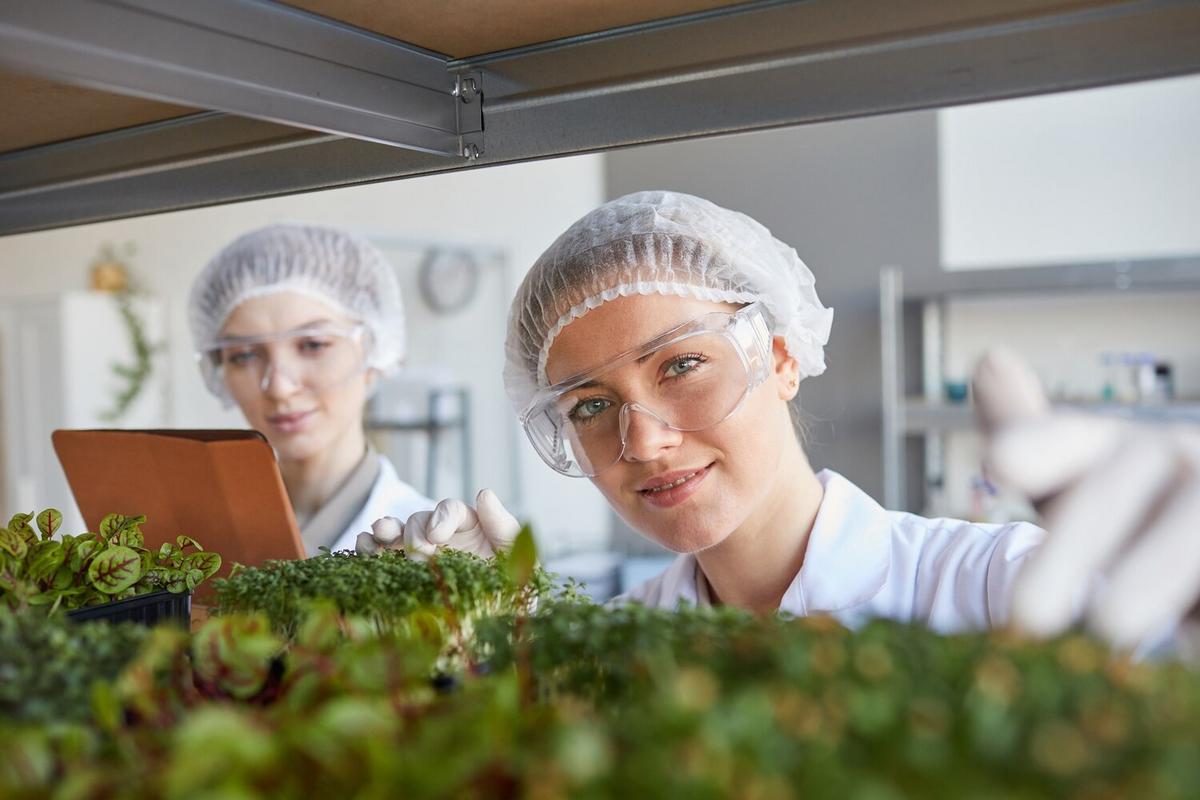As the global community becomes increasingly aware of the environmental impact of our dietary choices, technology is playing a pivotal role in making sustainable eating more accessible and achievable for everyone.
The Role of Technology in Promoting Sustainable Eating
Technology is transforming the way we approach food, from production to consumption. With the rise of innovative solutions, sustainable eating is no longer just a trend but a reachable goal for many. Let’s delve into how technology is reshaping our food systems to encourage more eco-friendly choices.
Expert Insights on Technological Advancements
Experts in the field of nutrition and technology are optimistic. Dr. Emily Roberts, a renowned nutritionist, states, “Technology is bridging the gap between knowledge and action, making sustainable diets more practical and engaging for the average consumer.” This sentiment is echoed by many in the industry who see tech-driven solutions as key to a sustainable future.
Statistics Highlighting the Impact
Recent studies show that 45% of consumers are willing to change their eating habits to be more sustainable if technology provides easy solutions. Additionally, the demand for apps and online platforms that promote sustainable choices has increased by 30% over the last two years.
Personal Experiences with Tech-Driven Eating
Take the example of Lisa, who switched to a plant-based diet using a popular meal planning app. “It was a game-changer,” she shares. “The app didn’t just provide recipes but also tracked my nutritional intake and suggested local markets that sell organic produce.” Such personal stories highlight the practical benefits of technology in sustainable eating.
Actionable Tips for Embracing Sustainable Eating with Technology
- Utilize meal planning apps to reduce food waste by buying only what you need.
- Explore platforms that connect you with local farmers for fresh, sustainable produce.
- Incorporate smart kitchen devices that minimize energy use during cooking.
Comparison Table of Sustainable Eating Apps
| App Name | Features | Cost |
|---|---|---|
| Green Plate | Recipe suggestions, local market finder | Free with in-app purchases |
| Eco Eats | Carbon footprint tracker, sustainable tips | Subscription-based |
| Plant Power | Plant-based meal plans, nutritional analysis | One-time purchase |
| Farm Connect | Local produce delivery, farmer profiles | Free |
| Savvy Saver | Food waste tracker, savings calculator | Freemium |
| Organic Hub | Organic food locator, seasonal guide | Free |
| Veggie Vibe | Vegetarian recipes, dietary tips | Subscription-based |
| Climate Cuisine | Climate-friendly recipes, eco challenges | One-time purchase |
FAQs
How can technology help reduce food waste?
Apps can help track your grocery purchases and suggest recipes that use ingredients close to expiration, minimizing waste.
Are there any free resources for learning about sustainable eating?
Yes, many websites and online courses offer free resources and webinars on sustainable eating practices.
What role do smart kitchen devices play in sustainability?
Smart devices optimize energy use and can help you cook meals more efficiently, reducing your overall carbon footprint.
Conclusion
Technology is undeniably a powerful ally in the journey towards more sustainable eating habits. By leveraging innovative tools and platforms, we can make informed choices that benefit both our health and the planet. As you explore these technological solutions, remember that every small change contributes to a larger impact. Embrace the tech-driven path to sustainability and be part of the movement towards a healthier planet.




Leave a Reply